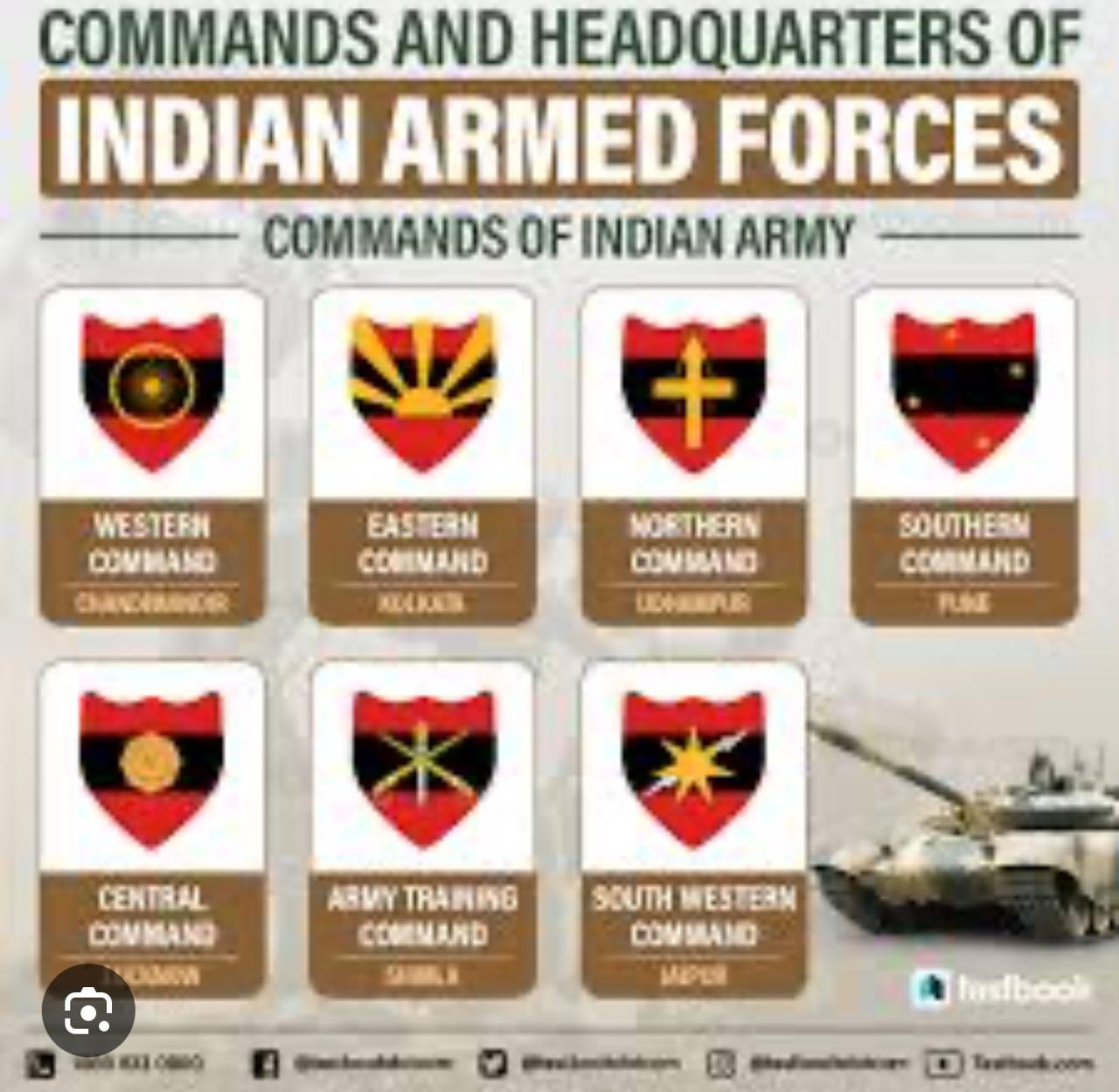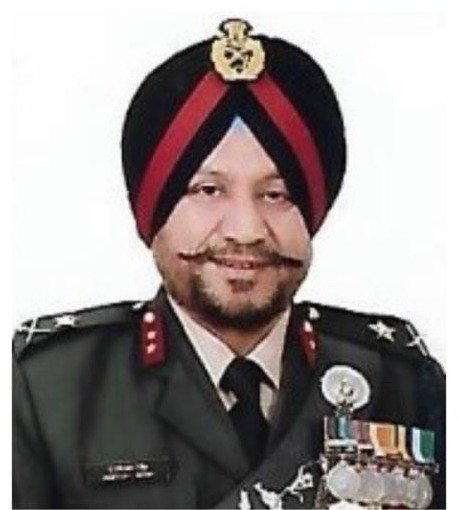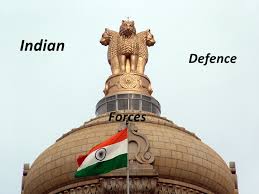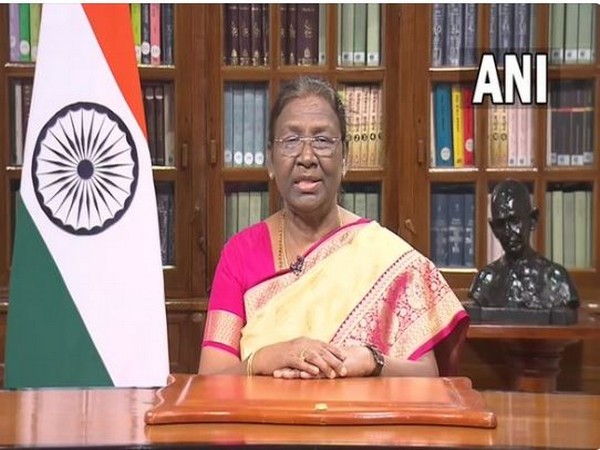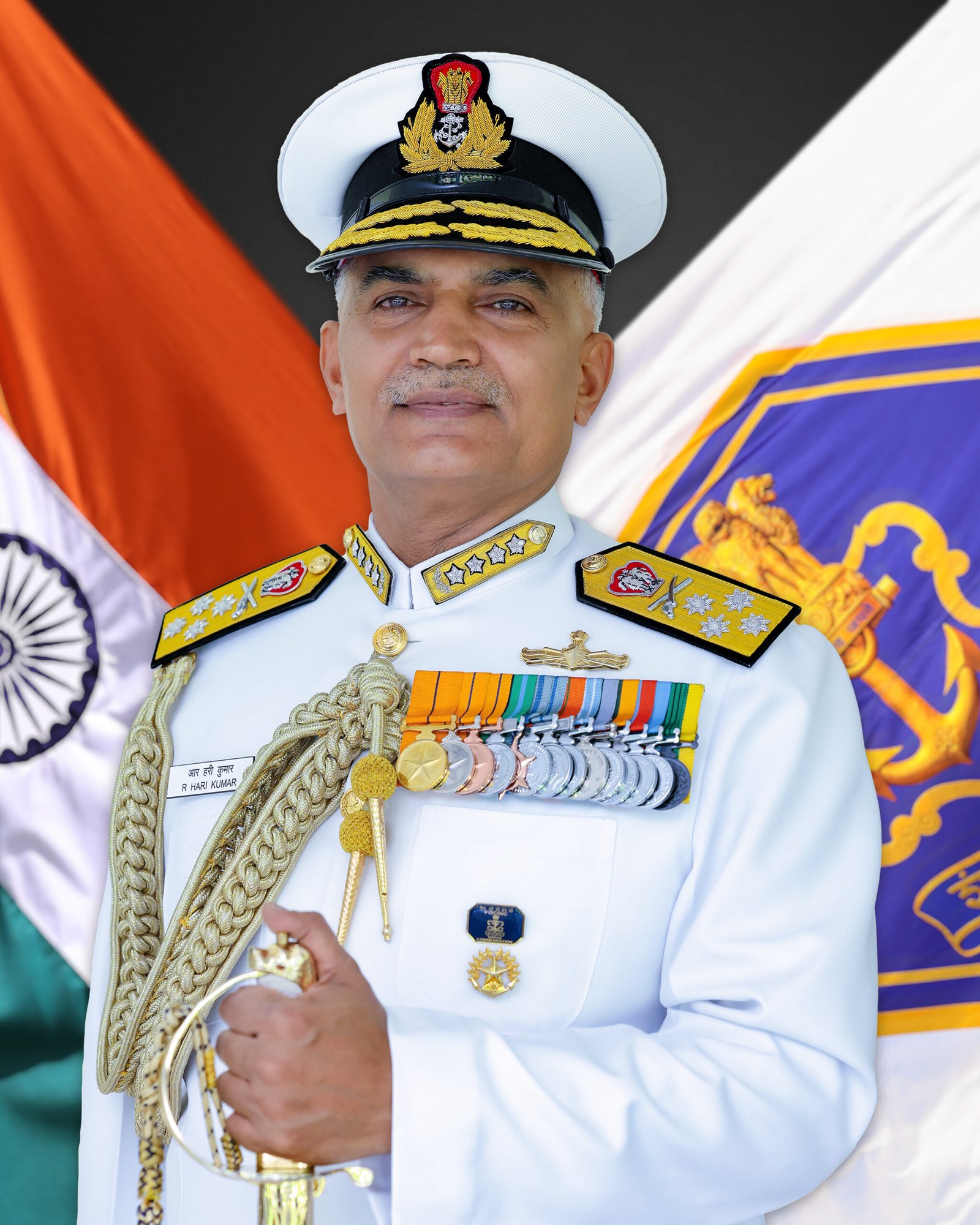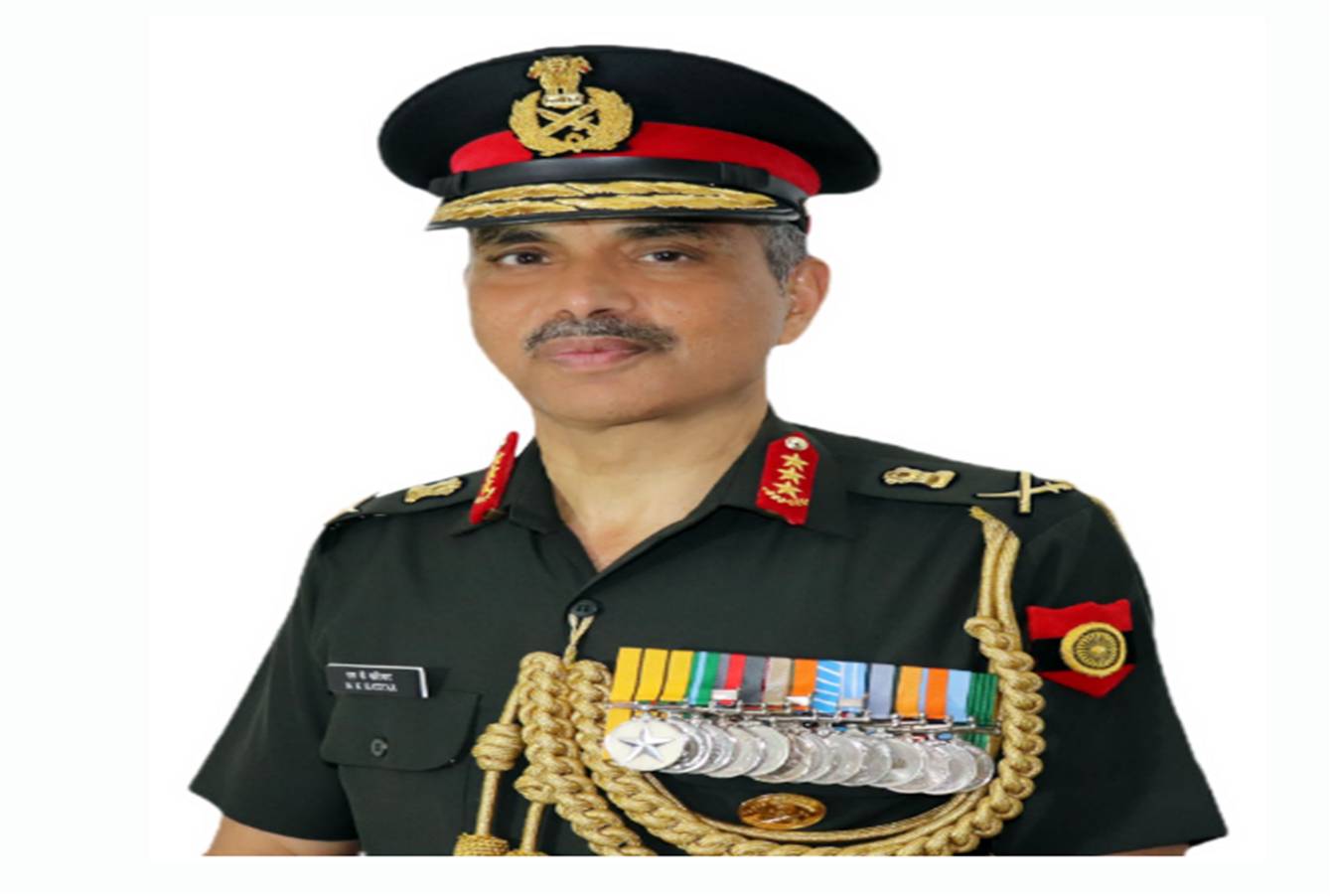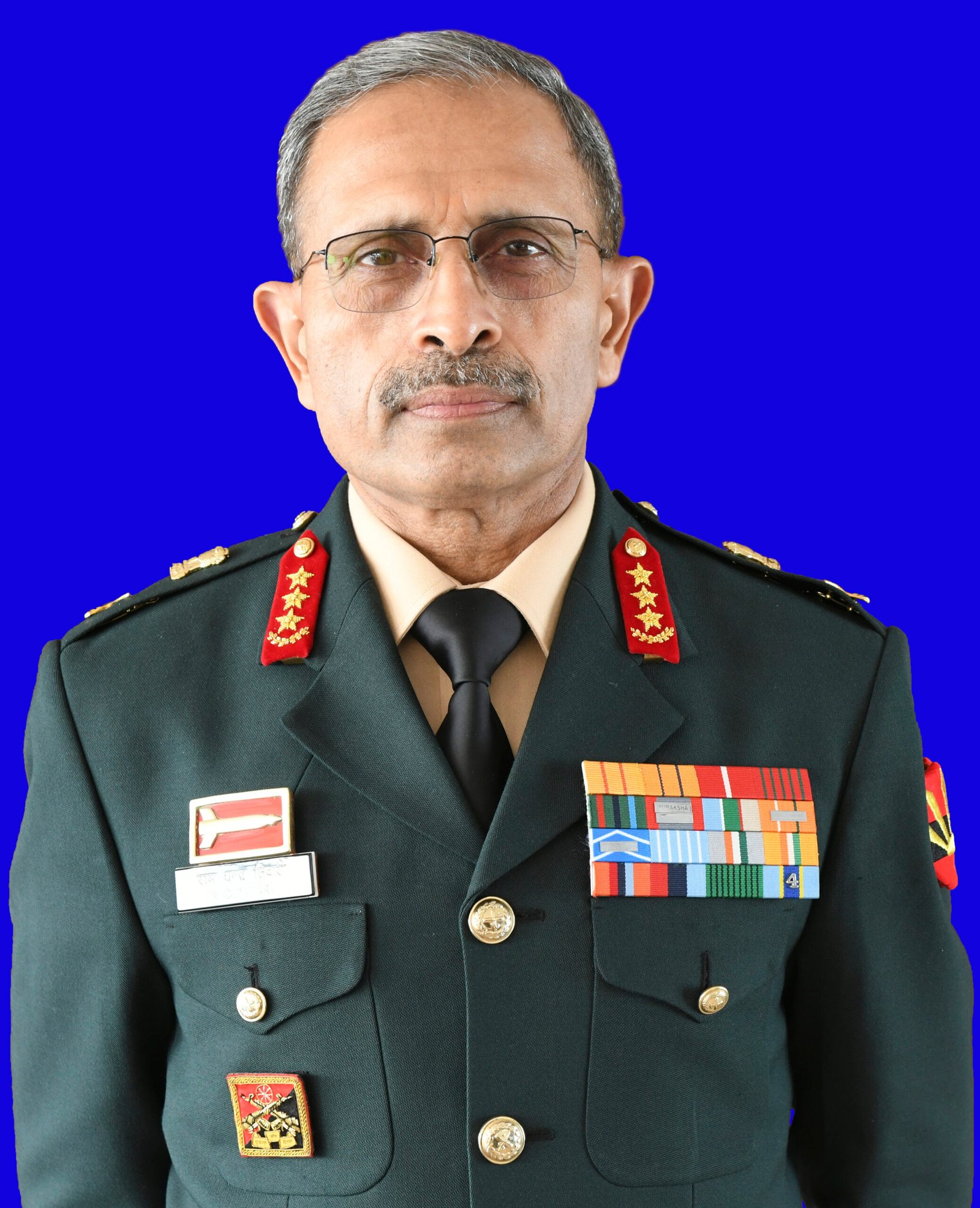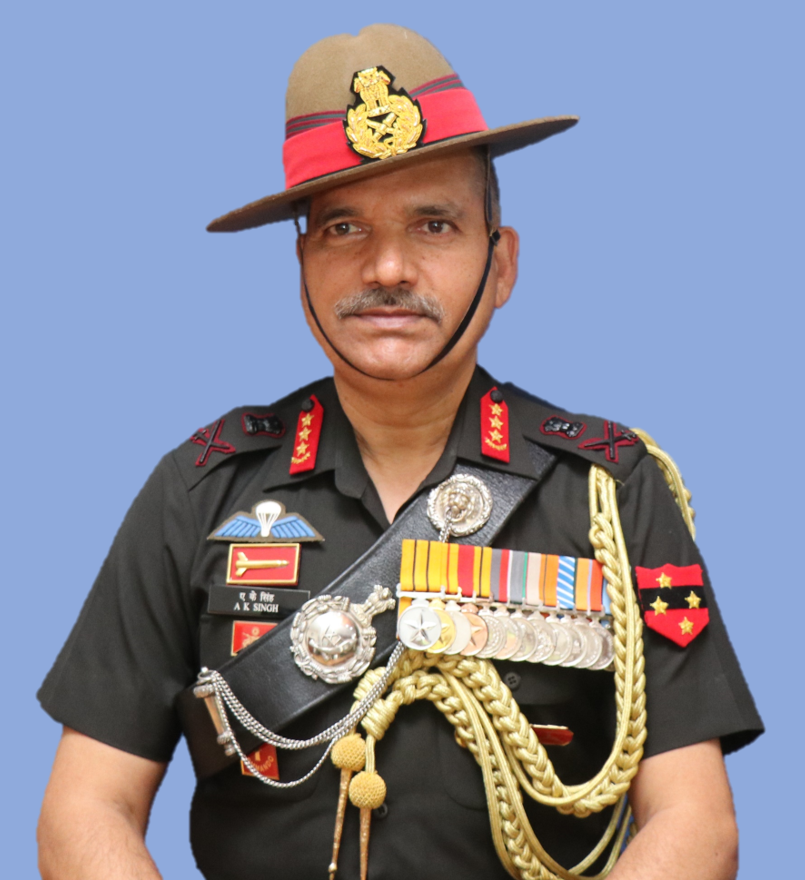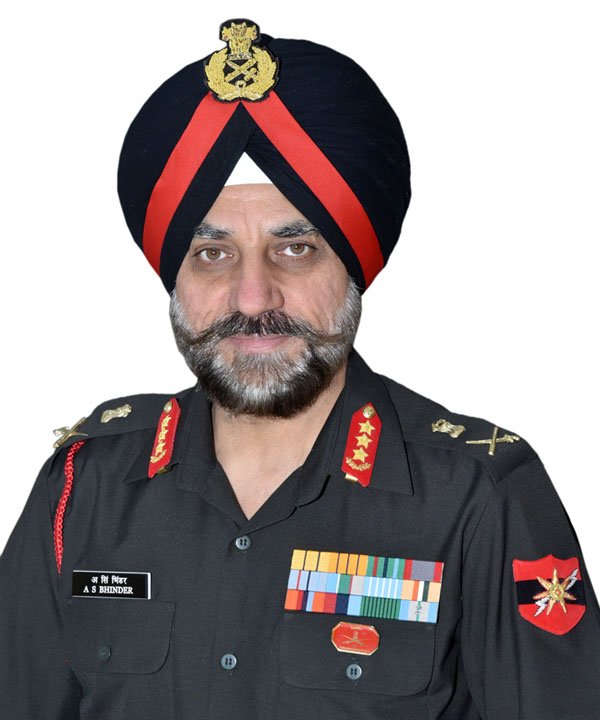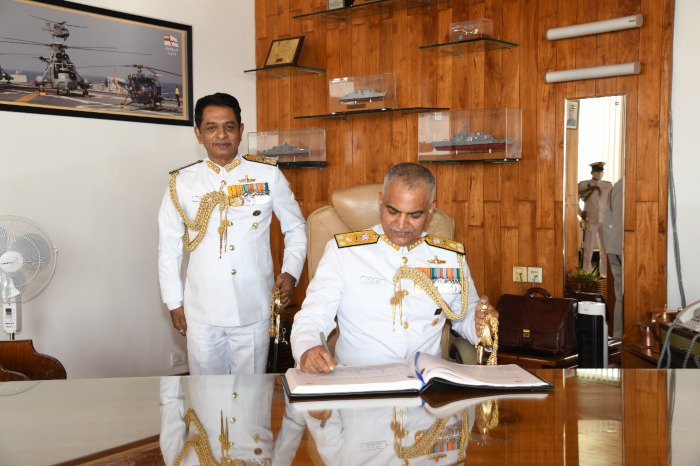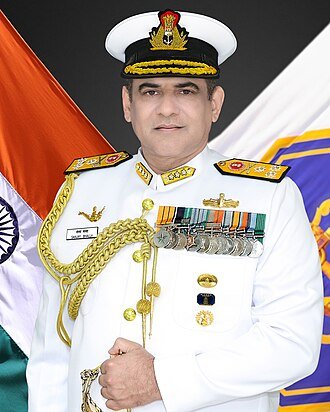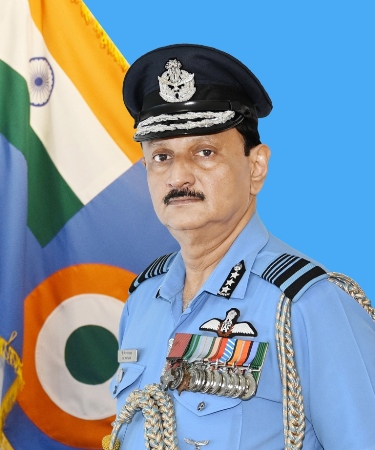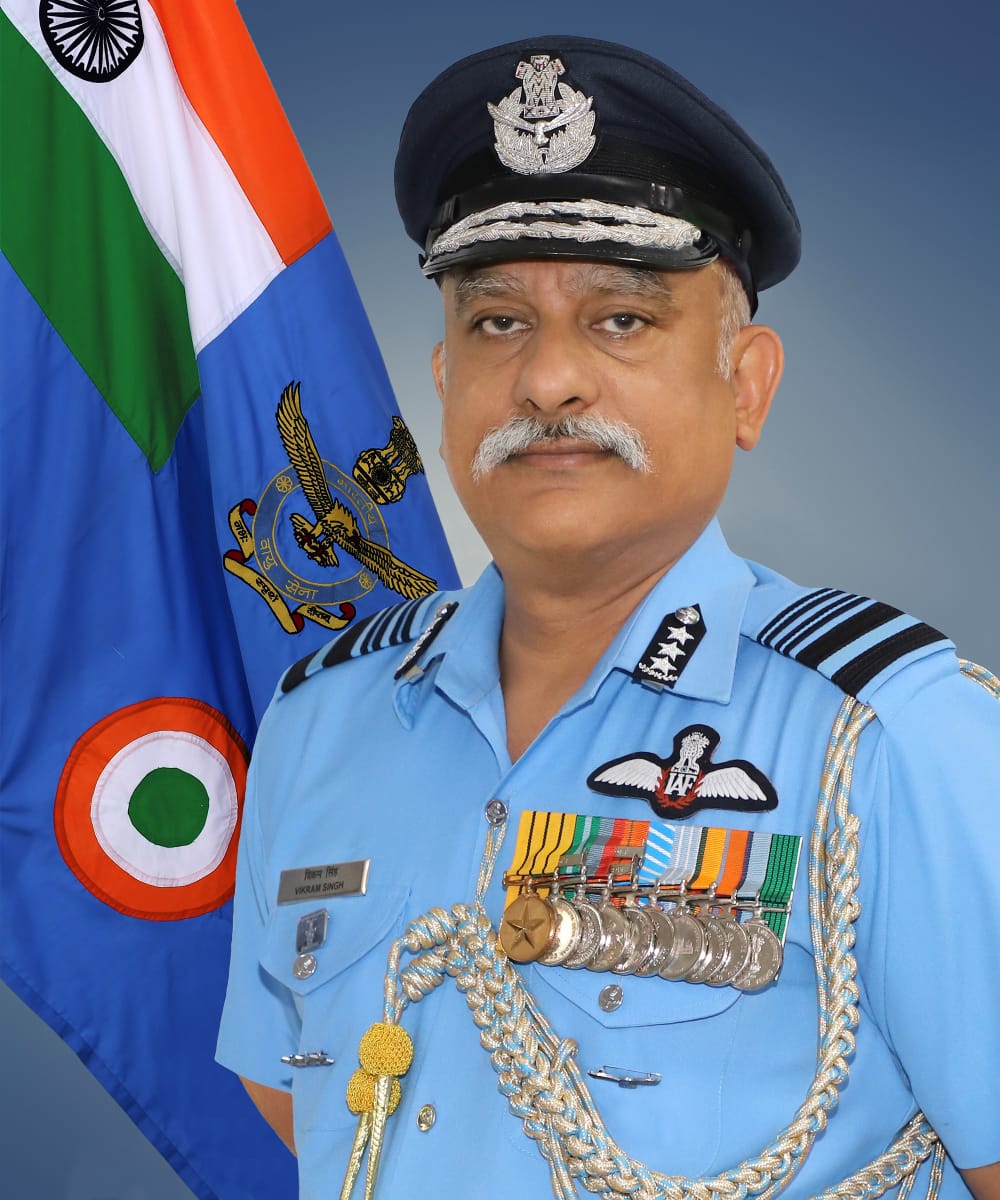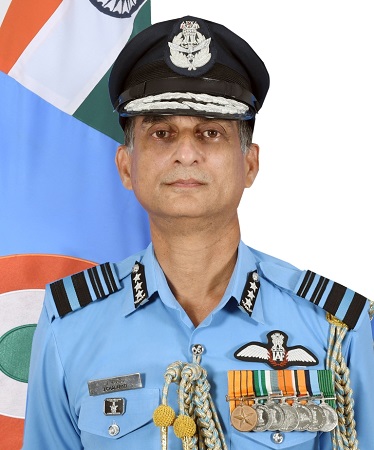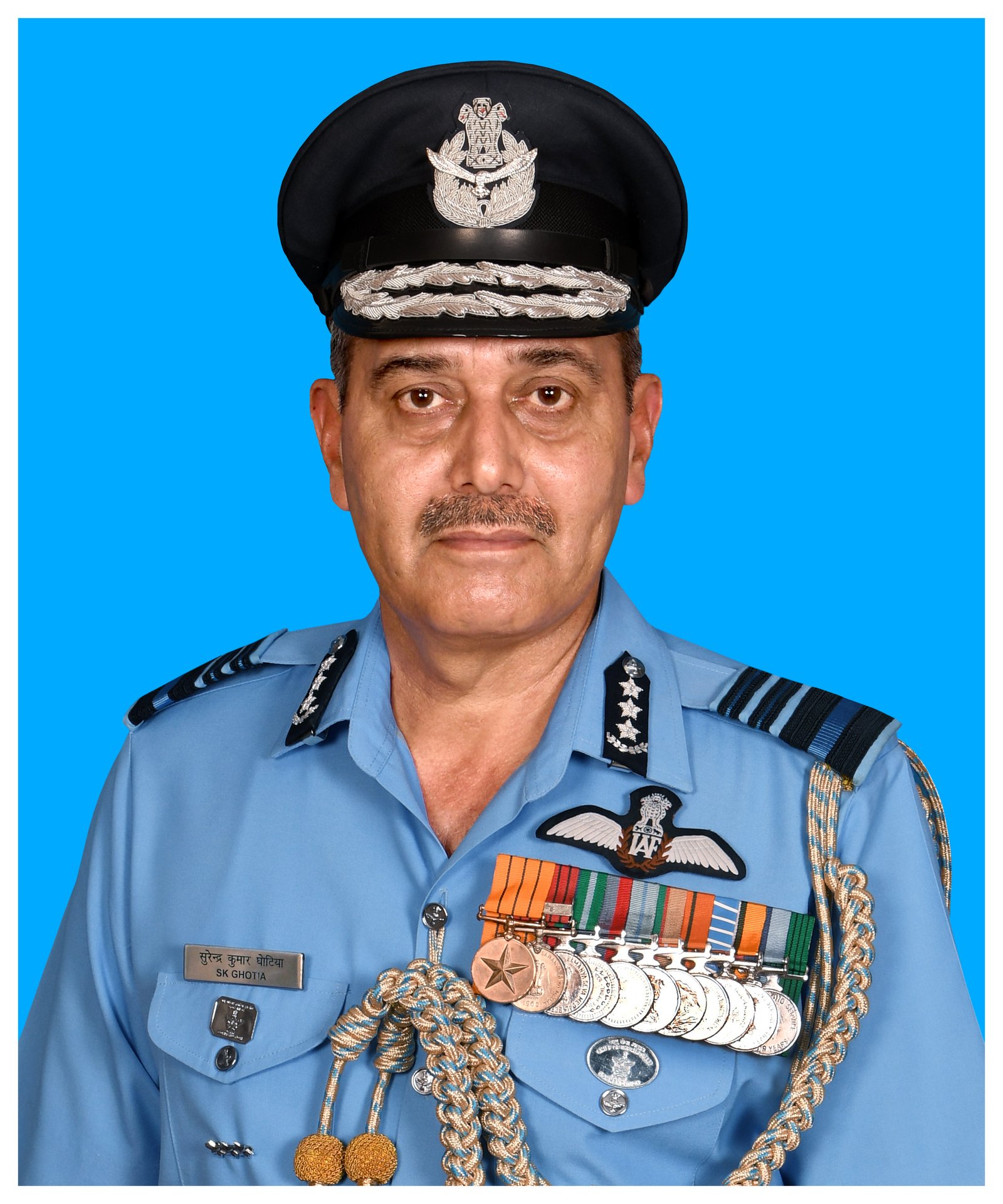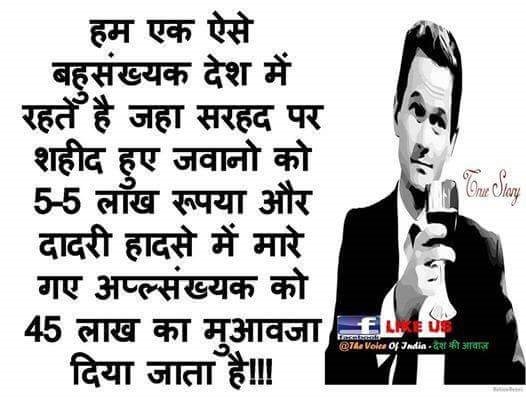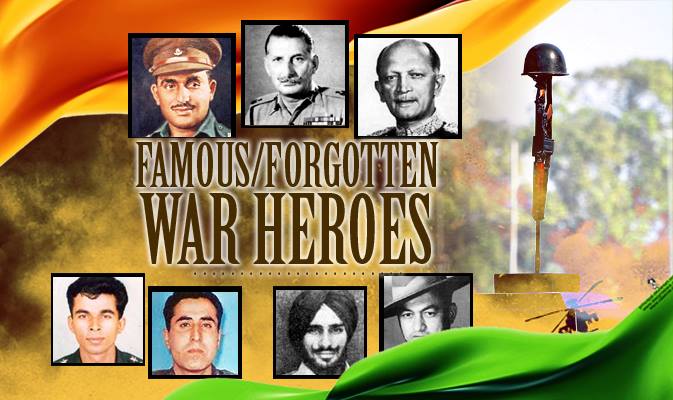

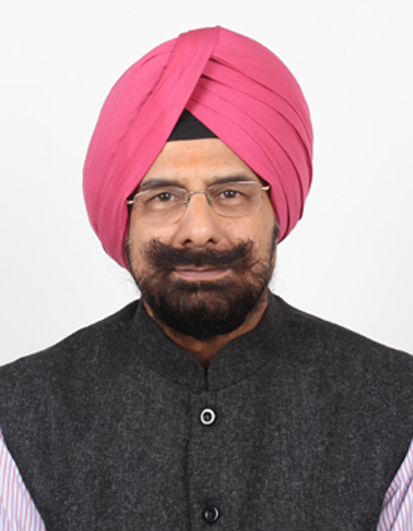


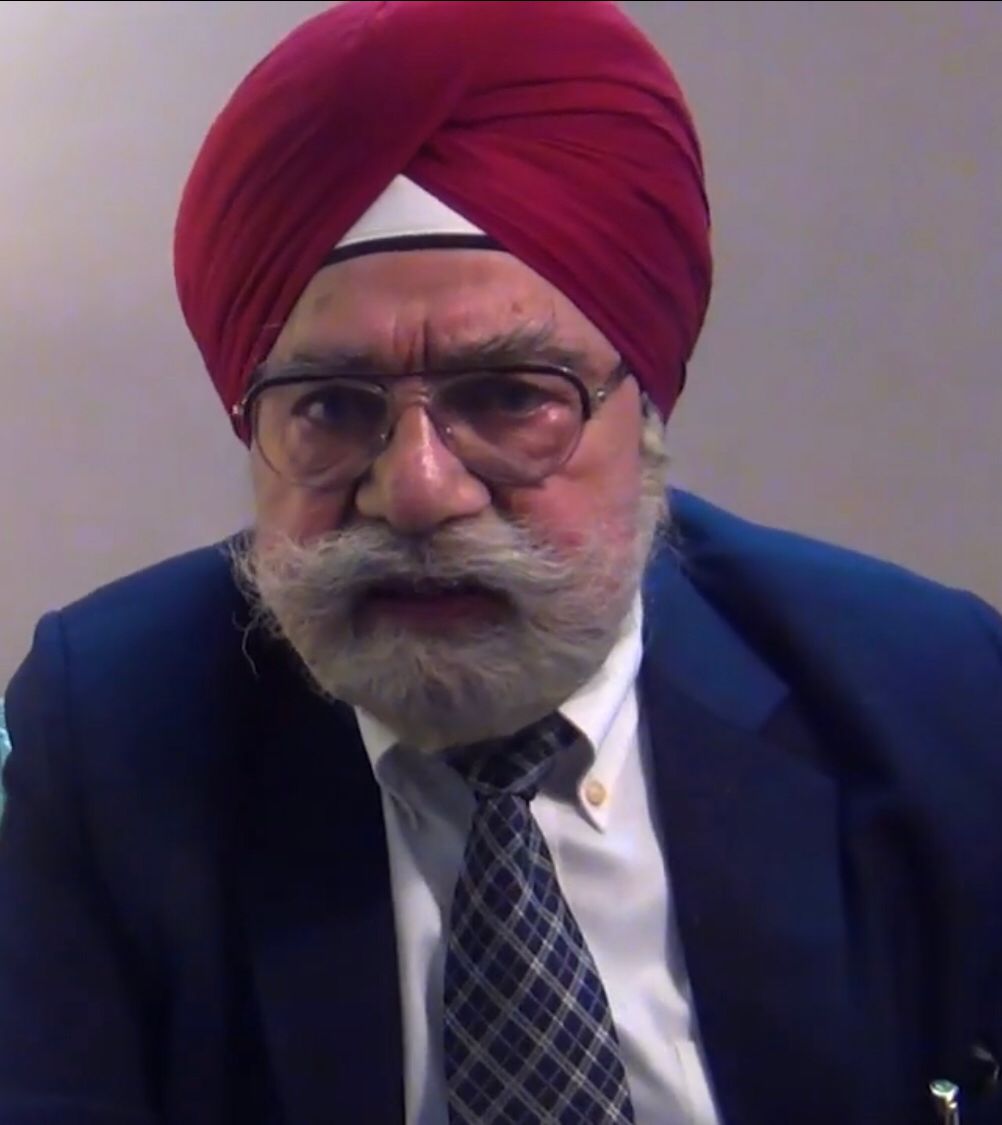

Congress MP Shashi Tharoor and BJP leader Ravi Shankar Prasad will lead separate all-party delegations departing on May 25 to engage with international counterparts


India’s diplomatic outreach following Operation Sindoor will begin on Wednesday, with the first of seven all-party delegations departing for the United Arab Emirates (UAE).
The delegation, led by Shiv Sena MP Shrikant Eknath Shinde, will also visit Congo, Sierra Leone, and Liberia.Over the next four days, until May 25, the remaining six delegations will embark on visits to various countries to address audiences, policymakers, and elected representatives.
Each delegation will be led by a political party leader and will include Members of Parliament from various parties, prominent political figures, and distinguished diplomats.
The delegations will reflect India’s national consensus and firm stance against terrorism in all its forms and manifestations, carrying to the world a strong message of zero tolerance.
On May 25, two delegations will depart: one led by Congress MP Shashi Tharoor to the United States, Brazil, Colombia, Guyana, and Panama; and another led by BJP leader Ravi Shankar Prasad to France, Italy, Denmark, the United Kingdom, Belgium, and Germany.
On May 22, Sanjay Kumar Jha of the JD(U) will lead a delegation to Japan, South Korea, Singapore, Indonesia, and Malaysia. On the same day, another delegation headed by Kanimozhi Karunanidhi of the DMK will leave for Russia, Slovenia, Greece, Latvia, and Spain.
Baijayant Panda of the BJP will depart on May 23 to visit Bahrain, Kuwait, Saudi Arabia, and Algeria, while NCP leader Supriya Sule will lead her team to Qatar, South Africa, Ethiopia, and Egypt on May 24.
These visits come in the context of Operation Sindoor, launched on May 7 in retaliation for the April 22 terror attack in Pahalgam. The operation targeted and destroyed nine terrorist bases in Pakistan and Pakistan-occupied Kashmir.
The delegations are also scheduled to visit several key partner countries, including members of the UN Security Council.
Akashdeep Singh, a young soldier, died in Jammu and Kashmir last week
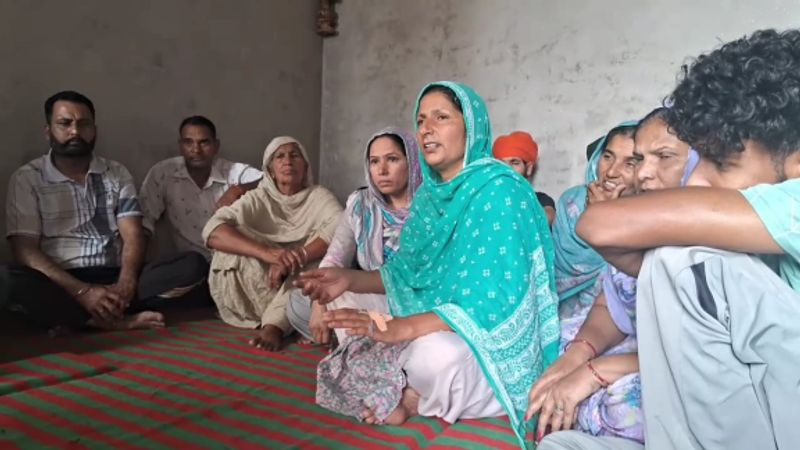
The mother of Agniveer Akashdeep Singh, a young soldier who died in Jammu and Kashmir last week, has refused to perform his final rites until the government declares him a martyr.
Akashdeep, a resident of Kothe Chahal village in Faridkot district, was killed by a bullet while on duty under the Agnipath military recruitment scheme.
His mother, Karamjit Kaur, said she fainted when her son’s body arrived home and later found out that he was not given martyr status.
“He gave his life for the country, but the government is not giving him the respect he deserves,” she said. “Until they declare him a martyr, I will not immerse his ashes. ”
She also demanded the government cancel the Agnipath scheme, which she believes puts the lives of young soldiers at risk.
The scheme allows youth to serve in the military for only four years, and critics say it does not offer the same benefits or recognition as regular Army service.
The family’s protest has drawn attention and support from many in the community, with calls growing for the government to recognise Akashdeep Singh as a martyr.
She also claimed that promises made by Baba Farid University of Health Sciences to start an award in her son’s name and provide lifelong free medical care to the family had not been communicated to them officially. “We only heard about it through the media. No one from the administration or government has contacted us so far,” she said.
Echoing similar sentiments, Akashdeep’s relative Daljit Kaur said denying martyr status to someone who laid down his life for the nation was deeply unjust. “Such negligence will discourage other youth like Akashdeep from joining the forces. If this continues, we will escalate this struggle to the state level,” she warned.The controversy surrounding Agniveer Akashdeep’s recognition comes at a time when the Agnipath scheme itself is under intense scrutiny, with critics raising concerns about the lack of post-service benefits and recognition for young recruits who die in service.
Rathee on Monday took down his AI-generated video depicting Sikh gurus in the face of opposition from viewers
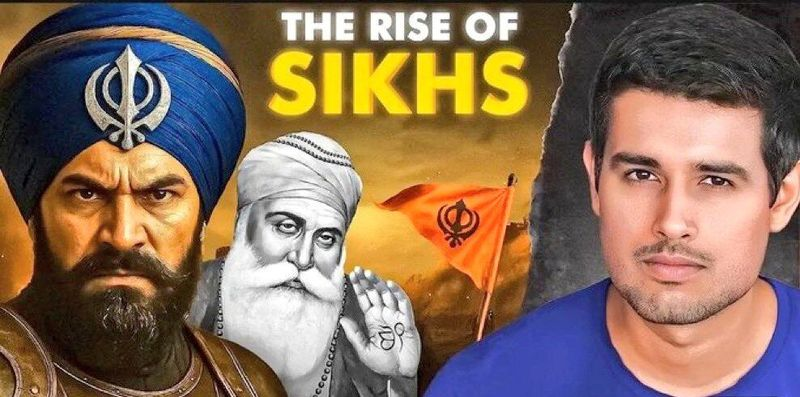
YouTuber Dhruv Rathee uploaded an AI video titled “The Sikh Warrior Who Terrified the Mughals” on Sunday.The video ran for 24 minutes and 37 seconds.
Related news: Akal Takht, SGPC slam YouTuber Dhruv Rathi, seek strict action
On Monday, Rathee took down his AI-generated video depicting Sikh gurus in the face of opposition from viewers.
The Shiromani Gurdwara Parbandhak Committee (SGPC) and the Shiromani Akali Dal also registered strong protests against depicting the religious figures in human form or in films.
In a post on Instagram, Rathee said that even though many people had appreciated the video and “would like it to stay on the (YouTube) channel, I have decided to remove it because some viewers feel strongly that any animated depiction of the Sikh Gurus conflicts with their beliefs.”
“I do not want this to become a political or religious controversy, because the video was simply an effort to showcase the stories of our Indian heroes in a new educational format,” he said.
The Akal Takht, Shiromani Gurdwara Parbandhak Committee (SGPC), and the Shiromani Akali Dal (SAD) had demanded an immediate takedown of the video, which features artificial intelligence-generated images of Guru Gobind Singh and his four sons known as “Sahibzadas.”
They had also sought the possible strictest action by the government in the matter. “Such portrayals violate Sikh principles and traditions. In Sikhi, the gurus, Sahibzadas, and their families cannot be represented in human form or in films. Therefore, this YouTuber has acted against the tenets of Sikhism,” said SGPC president Harjinder Singh Dhami. SAD chief Sukhbir Singh Badal said, “Such portrayals violate Sikh ‘rehat maryada’ which prohibits visual representations of Guru Sahiban. It has deeply hurt the sentiments of the community.”
He also alleged that the misleading narrative in Rathee’s video titled “The Sikh Warrior Who Terrified the Mughals” and the lack of respectful language had further aggravated the issue. In a post on X, Badal urged all content creators to exercise utmost caution and sensitivity while dealing with Guru Sahiban or Sikh history.
“Respect for religious traditions and accurate historical representation are non-negotiable. I request the immediate removal of the offending content and call for responsible storytelling that honors the sacred legacy of Sikhism,” he had said.
Badal called for promoting education and awareness with reverence without disrespecting a community’s beliefs. Dhami had said that the history of Sikh gurus and Sikh personalities is a sacred and inviolable heritage that no individual has the right to distort or misrepresent. He reminded people that the SGPC has already imposed a ban on portraying the gurus or their families in films or through animation. Besides historical inaccuracies, the inclusion of AI-generated visuals of Sikh gurus has hurt the religious sentiments of the Sikh community, he had added, and warned Rathee of legal action if the video is not taken down.
In a statement, Akal Takht’s officiating Jathedar Giani Kuldeep Singh Gargaj said that by uploading such a video on YouTube, Rathee has “insulted” Sikh traditions, history, and sentiments. He underlined that Sikh principles clearly prohibit visual representation or animation of the gurus, the Sahibzadas, members of the guru’s family, and Sikh martyrs. Gargaj had demanded that Rathee remove the objectionable video from his channel without delay. He further mentioned that during a recent gathering of the Akal Takht concerning films, the matter of AI animation was also discussed.
The jathedar had directed the SGPC to contact the ministries concerned for a takedown of Rathee’s video. He further instructed the SGPC to widely publicise its past resolutions and decisions regarding films to ensure that such actions are not repeated. With PTI inputs
The Shiromani Gurdwara Parbandhak Committee (SGPC) on Monday disapproved of an Army officer’s statement that Pakistan had targeted the Golden Temple with drones and missiles, which were shot down by Indian forces. The statement was made by Major General Kartik…
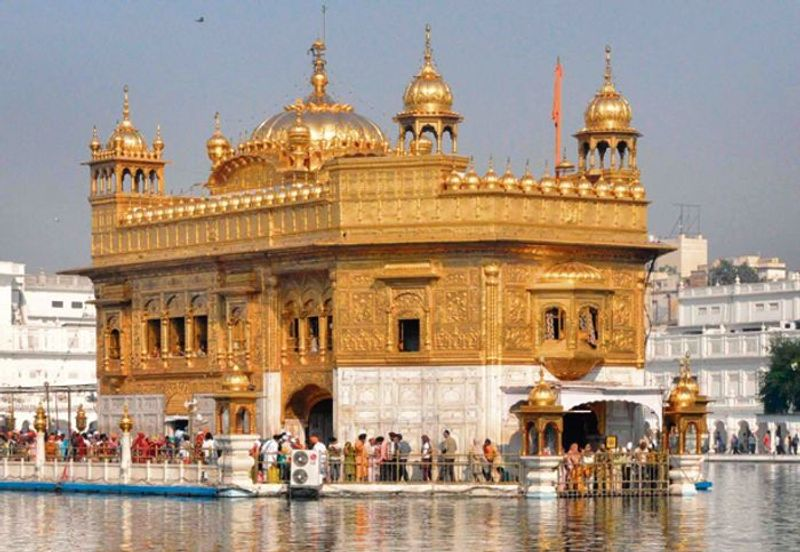
The Shiromani Gurdwara Parbandhak Committee (SGPC) on Monday disapproved of an Army officer’s statement that Pakistan had targeted the Golden Temple with drones and missiles, which were shot down by Indian forces.
The statement was made by Major General Kartik C Seshadri, General Officer Commanding, 15 Infantry Division, in an interview to a media outlet here.
Pakistan had launched a wave of drone and missile attacks after India struck at nine terrorist sites in the neighbouring country in response to the brutal Pahalgam terror attack on April 22 that had claimed 26 lives.
Both countries had announced a ceasefire on May 10 after three days of hostilities, in which India had neutralised swarms of drones and missiles fired from across the border.
Hours after the Army officer made the remarks, SGPC chief secretary Kulwant Singh Mannan said he “didn’t believe the version” as no force “could think of attacking” the shrine, to which he referred to as the abode of Guru Ram Das.
“Agencies have their own way of thinking, about which I can’t say anything. There is no dip in the flow of sangat (at the shrine)” he added.
Meanwhile, responding to the news, Punjab Cabinet Minister Kuldeep Singh Dhaliwal said Pakistani soldiers “showed a negative mindset as they tried to attack a universally acclaimed religious place”.
Amritsar MP Gurjit Singh Aujla thanked the Indian Army for stopping the attacks by Pakistan on the Golden Temple.
He said on May 10, Sikhs had protested against Pakistan that they were deliberately targeting gurdwaras. He appreciated the Indian Army “for creating a secure cordon around Amritsar and keeping it completely safe”.
Earlier in the day, BJP leader Amit Malviya wrote on X (formerly Twitter), “Indian Army’s confirmation of drone and missile attacks targeting the Golden temple is both shocking and deeply disturbing. It underscores the true intent of Pakistan’s military establishment and its proxies – to sow chaos and hurt the very soul of India.”
The Indian maritime services deployed a powerful task force within hours of the Pahalgam terror attack


OPERATION Sindoor has served as a compelling demonstration of India’s growing military capabilities in several key areas. The technical means to acquire intelligence of targets deep inside the opponent’s territory; to strike them with long-range missiles with pinpoint accuracy — all the while maintaining a multi-layered, impervious air defence of its own assets. This capacity for waging “non-contact warfare”, using guided weapons and unmanned aerial vehicles (UAVs) without ground troops or air forces crossing borders, marks a paradigm shift in warfare.
In this context, maritime power has, historically, specialised in employing strategies that aim to achieve political objectives through their presence and “non-contact” force projection rather than by engaging in direct combat. Decades ago, Admiral Sergey Gorshkov (Commander-in-Chief, Soviet Navy, 1956-85) had described the perennial utility of naval power: “Demonstrative actions by the fleet, in many cases, have made it possible to achieve political ends without resorting to armed action, merely by application of pressure and threat of military operations.”
The Indian Navy’s (IN) 2015 maritime strategy offers, in detail, various options for potential force projection. These include maritime strikes with carrier-borne aircraft or long-range weapons like the ship-launched BrahMos, or the ship/submarine-launched Klub land-attack missiles. In order to apply “strategic leverage, including economic and psychological pressure”, the strategy also envisages disruption/denial of the adversary’s use of the sea for military purposes and maritime trade.
The IN, while drawing up its contingency plans for Operation Sindoor in coordination with sister services, would have taken note of Pakistan’s maritime vulnerabilities stemming from its geography, relatively limited naval capabilities and economic dependence on key coastal infrastructure.
Pakistan’s 1,000-km-long coastline, stretching mostly across the troubled province of Balochistan, hosts just a handful of ports. Of these, only Karachi, Port Qasim and Gwadar handle merchant ship traffic, while Ormara is a naval base and the rest are fishing harbours. Pakistan’s economy, already strained, relies heavily on maritime trade, mostly through Karachi and Port Qasim. Disruption of shipping traffic to and from these ports, even temporarily, can cause a significant impact on Pakistan’s economy, industry and military operations, apart from affecting public wellbeing and morale.
As far as naval strength goes, the IN is a diverse and substantial force organised into two fleets, each fielding an aircraft carrier and a cohort of missile-armed destroyers and frigates as well as fleet support vessels. India’s submarine force of nuclear and diesel-powered submarines is strategically deployed on both seaboards. The Pakistan Navy (PN) is relatively smaller and lacks many of these key assets.
While the IN aspires to play the role of a blue-water navy, with power-projection capabilities across the Indian Ocean and beyond, the PN’s focus is primarily on coastal defence and maintaining credible maritime deterrence against India through a strategy of “sea denial”. Although the past few decades have seen both navies growing in size and capabilities, the IN has managed to retain its significant edge.
In the 1971 war, India’s maritime power had played a key role in the outcome of the operations in both theatres of war. In the west, it had undertaken two attacks with ship-launched surface-to-surface missiles, inflicting attrition on the PN and heavy damage to the Karachi port, bringing its operations to a halt. In the eastern theatre, the IN’s carrier-borne aircraft had ranged far and wide over East Pakistan and inflicted heavy damage on ports, shipping and riverine traffic. The trauma of this conflict has lingered in the Pakistani psyche, and PN units did not venture forth during Operation Sindoor.
Today, a major advantage accrues to the IN from its comprehensive capability for “maritime domain awareness”. This is a dynamic framework that receives inputs from satellites, aircraft, UAVs, ships and coastal radars to compile a real-time operational picture of all activities at sea in the region. The availability of “situational awareness” on a 24×7 basis in all three dimensions enables the IN to keep track of the adversary’s moves and respond with alacrity to any suspicious activity. The PN lacks a similar facility.
“Naval compellence” has, historically, been a useful instrument of state policy to influence the behaviour of others and force an adversary to do something he does not want to do, or to stop him from doing something that he intends to do. This is achieved by the deployment of coercive sea-based forces, which may or may not involve actual violence.
During media briefings by the three armed forces, the Director General of Naval Operations announced that within hours of the Pahalgam terror attack, the IN had deployed a powerful task force composed of destroyers, frigates and submarines, led by the aircraft carrier, INS Vikrant, in the Arabian Sea, south of Karachi. Posing a serious challenge in numbers and capability to the Pakistani fleet, this force established a de facto blockade, confining PN units to their harbours. Units of the task force are understood to have conducted live missile firing drills to revalidate crew readiness and ensure operational preparedness of units.
From its location in international waters, where it could have remained poised for prolonged periods, the IN carrier group acted as a force for “compellence”. Through rapid deployment and strategic positioning of overwhelming maritime power, India confined Pakistan’s navy to harbour, disrupted its maritime operations and reinforced its dominance in the Arabian Sea.
The IN task force had ample firepower to target ships, harbours and shore facilities with missiles having a range up to 300-450 km at sea. But the Navy, true to its sobriquet of the “Silent Service”, has not said so.
Admiral Arun Prakash (retd) is former chief of naval staff.
Peoples Democratic Party (PDP) president Mehbooba Mufti on Monday urged the Jammu and Kashmir government to reconsider its decision to deploy 4,000 ex-servicemen, instead of fresh recruits, for static guard duties at vital installations. In a letter addressed to Chief…
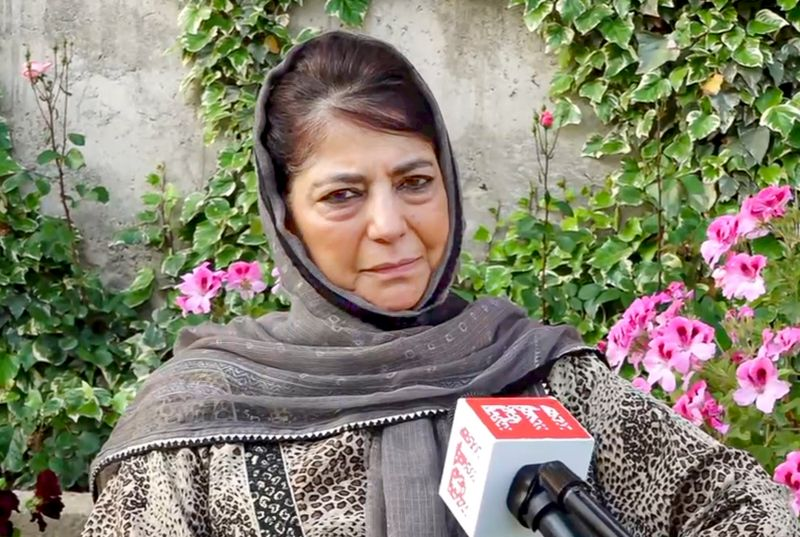
Peoples Democratic Party (PDP) president Mehbooba Mufti on Monday urged the Jammu and Kashmir government to reconsider its decision to deploy 4,000 ex-servicemen, instead of fresh recruits, for static guard duties at vital installations.
In a letter addressed to Chief Minister Omar Abdullah, Mufti cited the alarming rise in unemployment across the Union Territory as the reason behind her appeal.
“I am writing to express my deep misgivings and concern regarding your government’s recent decision to deploy 4,000 ex-servicemen to guard critical infrastructure across Jammu and Kashmir. While we value the service and discipline of our veterans, this move raises serious questions, especially as lakhs of educated yet unemployed youth continue to struggle for opportunities in J&K,” she stated.
She emphasised the need to support local youth, saying, “We must come to their rescue by being more mindful of their future.”
The letter added that static guard duties do not require military expertise and could easily be performed by trained local youth. “For them, such employment could be a vital lifeline,” she said.
In a post on X, Mufti highlighted the gravity of the unemployment crisis in the region. “This soaring unemployment is not just an economic issue but a social emergency. With few opportunities and increasing despondency, many youngsters are falling prey to drug addiction, and tragically, some are even driven to suicide,” she wrote.
The former chief minister pointed out that ex-servicemen already receive pensions, and prioritising them over jobless youth could deepen the feeling of exclusion among the younger generation. She added that the government might also miss a crucial opportunity to build trust and engage meaningfully with the youth.
“Furthermore, this policy could be perceived as a short-term security solution that fails to address long-term social and economic stability. Engaging local youth in such roles would not only generate employment but also foster a sense of responsibility, inclusion, and participation in maintaining public safety—an essential pillar of peace-building in the region,” she said.
Mufti urged the Chief Minister’s Office to reconsider or clarify the rationale behind the policy and to explore more inclusive models that benefit the unemployed youth of the region.
Last week, the J&K government announced its approval of a proposal to deploy former military personnel to safeguard vital infrastructure across the Union Territory. Terming it a unique collaboration between veterans and civil authorities, the government stated that 4,000 ex-servicemen volunteers had been identified for the initiative. Their role, it clarified, would be non-combatant, focusing on static guard duties, presence-based deterrence, and local coordination.
All retired high court judges, including additional judges, were entitled to full equal pension and other retirement benefits, irrespective of their date of retirement, length of service and source of entry, the Supreme Court ruled on Monday. Applying the ‘One…


All retired high court judges, including additional judges, were entitled to full equal pension and other retirement benefits, irrespective of their date of retirement, length of service and source of entry, the Supreme Court ruled on Monday.
Applying the ‘One Rank One Pension’ principle to permanent and additional judges of high courts, a three-judge Bench led by Chief Justice of India BR Gavai said there couldn’t be any discrimination in the pension of high court judges based on when they entered the service and if they were appointed from judicial service or from the Bar.
“The principle of one rank one pension requires all retired judges of the high court to be paid a uniform pension. We find that once a judge assumes the office of the high court judge and enters into a constitutional class i.e., the class of a high court judge, no differential treatment would be permissible merely on the ground of date of appointment,” it said.
The Bench directed the Centre to pay full pension of Rs 15 lakh per year to retired chief justices of high courts and Rs 13.6 lakh per year to high court judges, including additional judges. Family pension would be payable to the spouses of retired judges of high courts, including additional judges, it said.
The Bench – which also included Justice AG Masih and Justice K Vinod Chandran – said, “…for ensuring independence of judiciary, it is necessary that like the salary to which a Judge is entitled to as a serving Judge, even after retirement he should get the same terminal benefits as that of a High Court Judge.”
“We hold that any discrimination among judges for terminal benefits after retirement will be violative of Article 14. Thus, we hold all high court judges, irrespective of when they entered (are) entitled to full pension. We also hold high court judges who retired as additional judges will also get full pension and any distinction between judges and additional judges will be doing to violence to…,” the CJI said, while pronouncing the verdict.
The order came in a suo motu proceeding initiated by the top court on the issue of discrimination in
The Bench directed the Centre that a retired high court judge, who has previously served as a district judge, shall be paid full pension, irrespective of any break in service, between the date of on which he retired as a judge of the district judiciary and the date on which he assumed charge as a high court judge.
In the case of a retired high court judge, who previously served as a district judge and joined the district judiciary after the coming into force of the contributory pension scheme or the new pension scheme, the Centre shall pay him/her the full pension, it ordered.
Regarding their contribution to the NPS, the Bench directed states to refund the entire amount contributed by them along with the dividend. “The Union of India shall pay gratuity to the widow or family members of a judge of the high court who dies in harness by adding 10 years period to the period of service undergone by the said judge irrespective of whether the minimum qualifying service as provided under clause (i) of sub-section (3) of Section 17A of HCJ Act had been completed or not,” the top court ordered.
Decision to scale down the ceremony last month came in the aftermath of the Pahalgam terror attack

Twelve days after the Border Security Force (BSF) halted the retreat ceremony at the Attari border on May 8 following Operation Sindoor, it is set to resume on Tuesday, BSF officials confirmed.
The ceremony will be held exclusively for media personnel on Tuesday at 6 pm, while the public will be allowed to attend starting from May 21.
The retreat ceremony will take place at all three Joint Check Posts (JCPs) of the Punjab Frontier.
The decision to scale down the ceremony last month came in the aftermath of the Pahalgam terror attack.
Notably, the BSF will not engage in handshakes with the Pakistan Rangers, and the gates will remain closed during the flag-lowering ceremony, as previously declared.
On May 8, the BSF had stopped public entry to the event at all three locations, citing concerns over “public safety.”The decision was made a day after the commencement of Operation Sindoor, under which India destroyed nine terrorist bases in Pakistan and Pakistan-occupied Kashmir.
Kremlin wants ‘root cause’ — accession of Crimea, Donetsk & Luhansk — eliminated

US President Donald Trump said on Monday that Russia and Ukraine “will immediately start negotiations” toward a ceasefire and an end to their three-year-old war, speaking after he held a call with Russia’s President Vladimir Putin.
Advertisement

“Negotiations between Russia and Ukraine will begin immediately,” Trump said in a Truth Social post following his call with Putin, which lasted two hours.
After the call, Putin said efforts to end the war were “generally on the right track” and that Moscow was ready to work with Ukraine on a potential peace deal.
“We have agreed with the president of the United States that Russia will propose and is ready to work with the Ukrainian side on a memorandum on a possible future peace accord,” Putin told reporters near the Black Sea resort of Sochi.
There was no immediate comment from Ukrainian President Volodymyr Zelenskyy on the statement that talks would begin immediately. A source familiar with the matter earlier said Zelenskyy spoke “for a few minutes” with Trump before the US leader’s call with Putin.
Kyiv has said it is ready for a ceasefire now while Moscow has said conditions must be met first.
US Vice President JD Vance earlier repeated a warning that Washington could walk away from the peace process.
Putin said the memorandum would define “a number of positions, such as, for example, the principles of settlement, the timing of a possible peace agreement.”
Putin said, “The main thing for us is to eliminate the root causes of this crisis”. He is likely referring to Crimea, the Donetsk and Luhansk People’s Republics, and the regions of Kherson and Zaporozhye, which voted in favor of joining Russia in referendums in 2014 and 2022.
Putin was speaking from Russia’s Black Sea resort of Sochi while Trump was in Washington. Shortly before the call, Vance told reporters that Washington recognised there was “a bit of an impasse here”.
He said, “We’re going to try to end it, but if we can’t end it, we’re eventually going to say: ‘You know what? That was worth a try, but we’re not doing any more.’”

